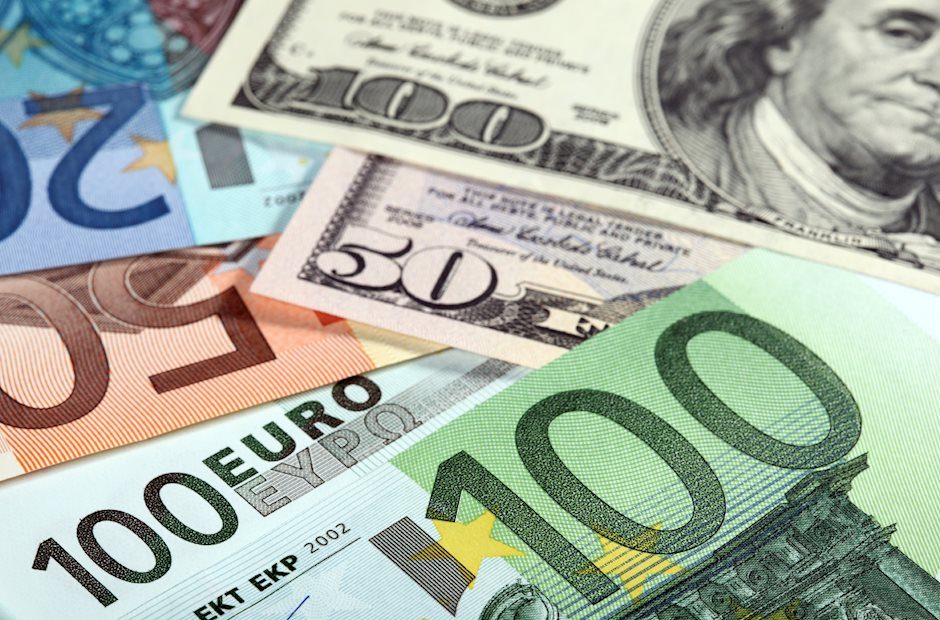EUR/USD analysis: Draghi hammered the EUR ahead of Fed's decision

EUR/USD Current price: 1.1187
- ECB's head, Mario Draghi, suggested more stimulus coming particularly if inflation doesn't pick up.
- EUR/USD trading at its lowest in over two weeks, bearish case firming up, but the Fed in the way.
The EUR/USD pair broke lower and fell to a fresh one-week low sub-1.1200 during the London session, following comments from ECB's head, Mario Draghi. The central bank's leader spoke at the ECB Forum on Central Banking in Sintra and said that further interest rate cuts remain part of the central bank's tools, leaving doors opened for more stimulus if inflation doesn't give signs of picking up. Adding fuel to the fire, the German ZEW Survey showed that economic sentiment collapsed in June, with the index coming in at -21.1 for Germany and at -20.2 for the whole Union. The assessment of the current situation, however, came in at 7.8, worse than the previous 8.2 although better than the 6.0 expected. Finally, EU May's final inflation was confirmed at 1.2% YoY but downwardly revised to 0.1% MoM. The EUR/USD pair fell to 1.1181, its lowest since June 3, breaking through the 61.8% retracement of its latest bullish run, measured between 1.1115 and 1.1347 at around 1.1200, now the primary resistance.
Ahead of Wall Street's opening, the US released June Housing Starts and Building Permits, which came in mixed as the first decline by 0.9%, worse than anticipated, while the second increased by 0.3%, beating the market's estimate of -2.9%. There are no more relevant events scheduled for today. Equities are poised to open with gains, getting positive hints from European indexes, while US Treasury yields stand at fresh multi-month lows, with the benchmark yield on the 10-year note at 2.03%.
As for the technical picture, the 4 hours chart shows that the pair is currently developing below all of its moving averages, with the 20 SMA extending its decline but still above the larger ones, these last lacking directional strength. Technical indicators in the mentioned timeframe lack directional strength, holding flat around their daily lows well into negative ground. As long as the pair remains below the 1.1200 region, the risk will be skewed to the downside, with a break below 1.1150 exposing the yearly low at 1.1106.
Support levels: 1.1150 1.1105 1.1080
Resistance levels: 1.1200 1.1245 1.1280
Author

Valeria Bednarik
FXStreet
Valeria Bednarik was born and lives in Buenos Aires, Argentina. Her passion for math and numbers pushed her into studying economics in her younger years.


















